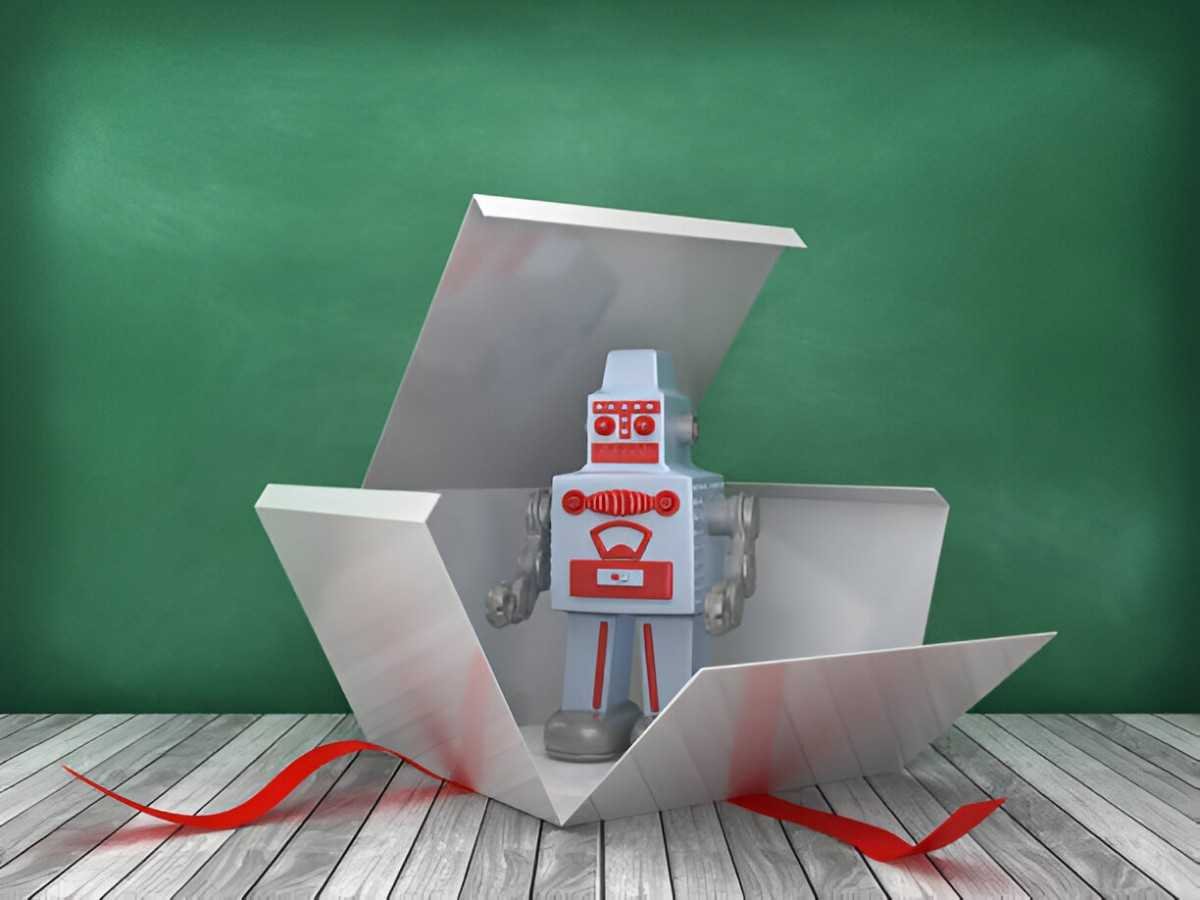Engineering shapes the world. The tools and toys we give young minds today set the foundation for their problem-solving skills. If you know someone with an interest in engineering, a well-thought-out educational gift can help them grow their curiosity. I will go over different gift ideas that cater to various branches of engineering, practical applications, and learning experiences.
Table of Contents
1. Engineering Kits: Hands-on Learning for Aspiring Engineers
Engineering kits offer practical learning. These sets introduce kids and students to electrical circuits, mechanics, robotics, and structural design. Some kits come with reusable parts, while others follow a one-time project model.
| Kit Name | Branch of Engineering | Key Features | Age Group |
|---|---|---|---|
| Snap Circuits | Electrical | Modular components, No soldering required | 8+ |
| LEGO Technic | Mechanical | Gear mechanisms, Structural design | 10+ |
| Arduino Starter Kit | Electronics | Coding, Circuit building | 12+ |
| K’NEX Bridges | Civil | Structural stability, Bridge design | 8+ |
| Raspberry Pi Kit | Computer | Programming, Hardware exploration | 12+ |
Snap Circuits help children grasp circuit connections without needing prior knowledge. LEGO Technic introduces simple mechanical engineering concepts. For older learners, Raspberry Pi and Arduino provide real-world coding experience.
2. Books That Cultivate Engineering Thinking
Books bridge the gap between theory and application. A strong foundation in problem-solving, mathematics, and engineering principles prepares students for advanced studies.
| Book Title | Focus Area | Suitable For |
|---|---|---|
| “The Way Things Work Now” – David Macaulay | Mechanical Engineering Concepts | Ages 10+ |
| “Structures: Or Why Things Don’t Fall Down” – J.E. Gordon | Civil Engineering | High school+ |
| “Electronics for Beginners” – Jonathan Bartlett | Electrical Engineering | Teens and adults |
| “Python for Kids” – Jason R. Briggs | Programming | Ages 12+ |
| “Engineering Formulas” – Kurt Gieck | Reference Material | College students |
For younger learners, “The Way Things Work Now” uses illustrations to explain machines. “Structures: Or Why Things Don’t Fall Down” introduces core civil engineering principles. “Python for Kids” makes coding accessible, a crucial skill in many engineering fields.
3. Practical Tools for Engineering Exploration
Gadgets and tools make engineering learning more interactive. A hands-on approach solidifies abstract concepts.
| Tool | Engineering Application | Benefits |
|---|---|---|
| Digital Caliper | Mechanical Engineering | Precision measurement |
| Breadboard and Components | Electrical Engineering | Circuit prototyping |
| 3D Printer | Multiple Fields | Prototyping and design |
| Scientific Calculator | All Fields | Complex calculations |
| Engineering Graph Paper | Civil, Mechanical | Precise design and sketches |
A digital caliper helps with precise measurement in mechanical projects. Breadboards allow for quick electrical experiments. A 3D printer brings CAD designs to life, useful in product design and prototyping.
4. Software and Simulation Tools for Learning
Software tools teach problem-solving through simulation. Engineering students and hobbyists use these tools to test ideas without physical materials.
| Software | Engineering Field | Features |
|---|---|---|
| AutoCAD | Mechanical, Civil | Drafting and design |
| TinkerCAD | Electronics, 3D Design | Circuit simulation, 3D modeling |
| MATLAB | Electrical, Mechanical | Numerical computing, simulations |
| SolidWorks | Mechanical | 3D modeling, stress testing |
| Fusion 360 | Multiple | Cloud-based 3D modeling |
AutoCAD and SolidWorks help students with design. MATLAB aids in simulation and analysis. Fusion 360, with cloud features, makes collaboration easier.
5. Subscription Services for Continued Learning
A subscription-based educational service can supplement traditional learning.
| Subscription | Focus | Best For |
|---|---|---|
| Brilliant.org | Math, Science, Engineering | Teens, Adults |
| Skillshare | Design, Software | Aspiring Engineers |
| Udemy | Coding, Engineering Courses | College Students |
| MIT OpenCourseWare | University-Level Engineering | Advanced Learners |
Brilliant.org offers interactive problem-solving courses. Udemy provides budget-friendly courses on specific topics. MIT OpenCourseWare offers free, high-quality university material.
6. Engineering-Themed Games and Puzzles
Games and puzzles develop logic and problem-solving skills in an engaging way.
| Game/Puzzle | Engineering Concept | Age Group |
|---|---|---|
| Gravity Maze | Physics, Logic | 8+ |
| Rube Goldberg Machine Kits | Mechanical Systems | 10+ |
| Roller Coaster Challenge | Structural Engineering | 8+ |
| Escape Room Puzzle Kits | Problem-Solving | 12+ |
Gravity Maze encourages logical thinking. Rube Goldberg kits let kids design complex chain reactions. Escape room puzzles develop problem-solving under constraints.
7. Online Communities and Engineering Competitions
Engineering competitions and communities provide real-world exposure.
| Program/Competition | Engineering Field | Age Group |
|---|---|---|
| FIRST Robotics | Robotics, Mechanical | High School |
| Science Olympiad | General STEM | Middle & High School |
| Hackathons | Software, Electronics | College |
| Bridge Building Contests | Civil Engineering | High School |
These activities encourage teamwork, problem-solving, and real-world application of engineering principles. FIRST Robotics allows students to build and compete with robots. Hackathons develop coding and prototyping skills.
Final Thoughts
The best educational gift depends on the recipient’s interests and learning style. Kits and tools provide hands-on experience, while books and courses offer foundational knowledge. Games and competitions make learning enjoyable. If you want to support a future engineer, a carefully chosen educational gift can inspire curiosity and skill development.





